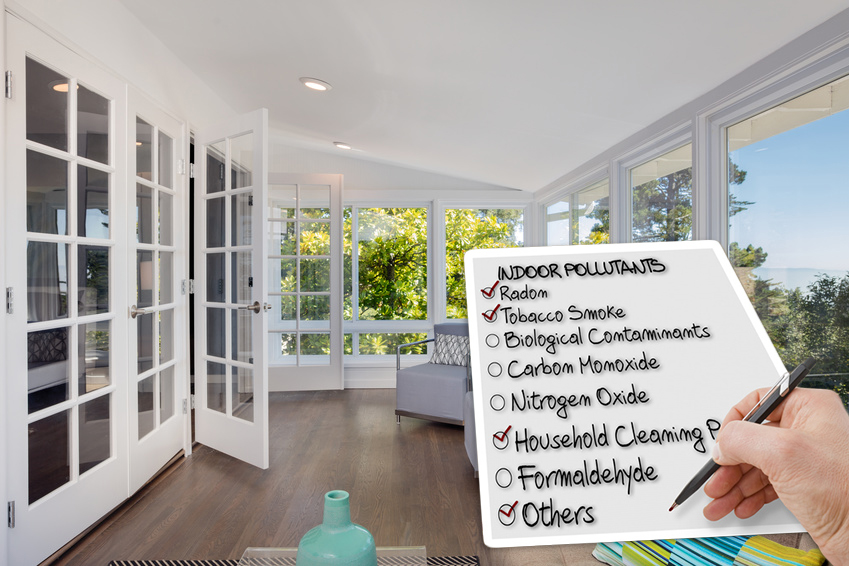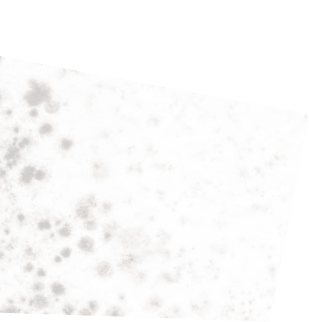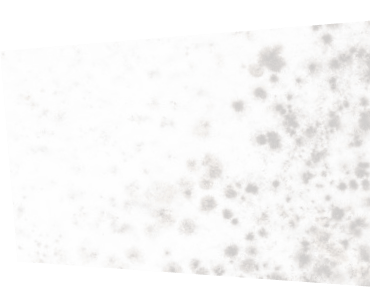Poor indoor air quality (at home and at work) accounts for some of the most common of health issues. The average person actually spends close to 90% of the time indoors, so clearly, indoor air quality is important. On the flip side, indoor air pollution can perpetuate undesirable health risks. When you hire a professional inspection company, they will also include asbestos testing in Toronto. Through indoor air quality testing, building owners can be aware of potential threats that are present in their properties. These potential threats include harmful materials like asbestos and black mold.
Indoor air pollution can take on many forms
Because it’s so inconspicuous, indoor air pollution is often underestimated, and left unattended until things get serious. The thing is, indoor air pollution can sometimes be more dangerous than outdoor pollution, simply because we spend so much time indoors (especially in wintertime).
Understanding the basics will help to keep home and family safe and healthy. And while every home will be different, there are some common indoor air pollutants that should be monitored.
- mold

- asbestos
- second-hand smoke
- carbon monoxide
- radon gas
- nitrogen dioxide
- airborne lead
Air pollution can take on many forms. Some of the most common sources of indoor air pollution include dead, decaying or moldy materials; poor ventilation systems; chemicals used in household products and cleaning products, paints and paints thinners; and some types of building materials. Indoor air pollution can pose several health risks, such as respiratory infections, allergies and asthma. Although you cannot see, smell or taste air pollution, indoor air pollution is still a serious problem that can affect your health, comfort and safety.
Air Pollution and Abestos
Through asbestos testing in Toronto, asbestos can be one of the air pollutants identified during a home or commercial building indoor air quality investigation. All building components, including flooring and ceiling tiles, adhesives, insulation, siding and piping can potentially contain asbestos. When disturbed during renovation or demolition of a structure, asbestos fibers are released into the air and inhaled by those nearby. Asbestos removal in Toronto should always be done by a professional who has been trained in handling the hazardous material.
Asbestos can come in a variety of forms including: amosite (brown), chrysolite (glassy), crocidolite (blue), tremolite (white) and actinolite (black). Asbestos exposure is linked to many health conditions, including mesothelioma, lung cancer and asbestosis.
Outdoor air pollution in Canada
Outdoor pollution results from chemical reactions derived from various sources – mostly from vehicle exhaust and industrial gas emissions. Naturally, bigger cities suffer more from the effects of pollution, with the warm summer months exacerbating the situation.
Depending on the geographic location and the local weather, air pollution can either be dispersed or built up, even to dangerous levels. In summer, for example, it’s not unusual to have air quality warnings where the level of pollutants can compromise the human health.
Indoor pollution at home/work
The main problem with enclosed environments is that air circulation is restricted. Whether it’s poor ventilation or poor air quality, it’s no wonder that indoor air pollution can often be more hazardous than outdoor pollution (since so much time is spent indoors).
Indoors, there is no shortage of air pollution - with everything from tobacco smoke; to off-gassing vapours; to paints and solvents; to household cleaning solutions. Many buildings (and homes) can also be exposed to radon gas, as well as airborne asbestos particles.
Air pollution and human health
When neglected, air pollution affects health, both short-term and long-term. The very young and very old are usually more sensitive to pollutants and will present with more severe symptoms. Those with asthma, heart, and lung issues may be at the greatest risk.
Short-term, a polluted indoor environment could perpetuate a number of symptoms: from sinus irritation; to allergic reactions; to headaches and nausea, to respiratory problems. And where concentration of pollutants is particularly high, some medical conditions can be aggravated.
Averting outdoor/indoor pollution
Today, air pollution is highly monitored, with legislation designed to control emissions. There are also international standards to define pollution types and volumes, and strict exposure limits.
The aim, of course, in every country, is to reduce air pollution, mainly through rules, regulations, and legislation. These often focus on transportation vehicles and major industrial emissions.
As for indoor air pollution, experts like Inch-by-Inch Inspections specialize in air quality testing as a means of determining the source and cause of indoor pollutants. For homes and buildings, Inch-by-Inch offers a range of diagnostic services designed to remedy specific pollution issues.
- air quality inspection and testing
- asbestos testing and assessment
- air sampling/laboratory analysis
- mold inspection and remediation
- air circulation/ventilation exams
Learn more about professional mold removal in Mississauga




